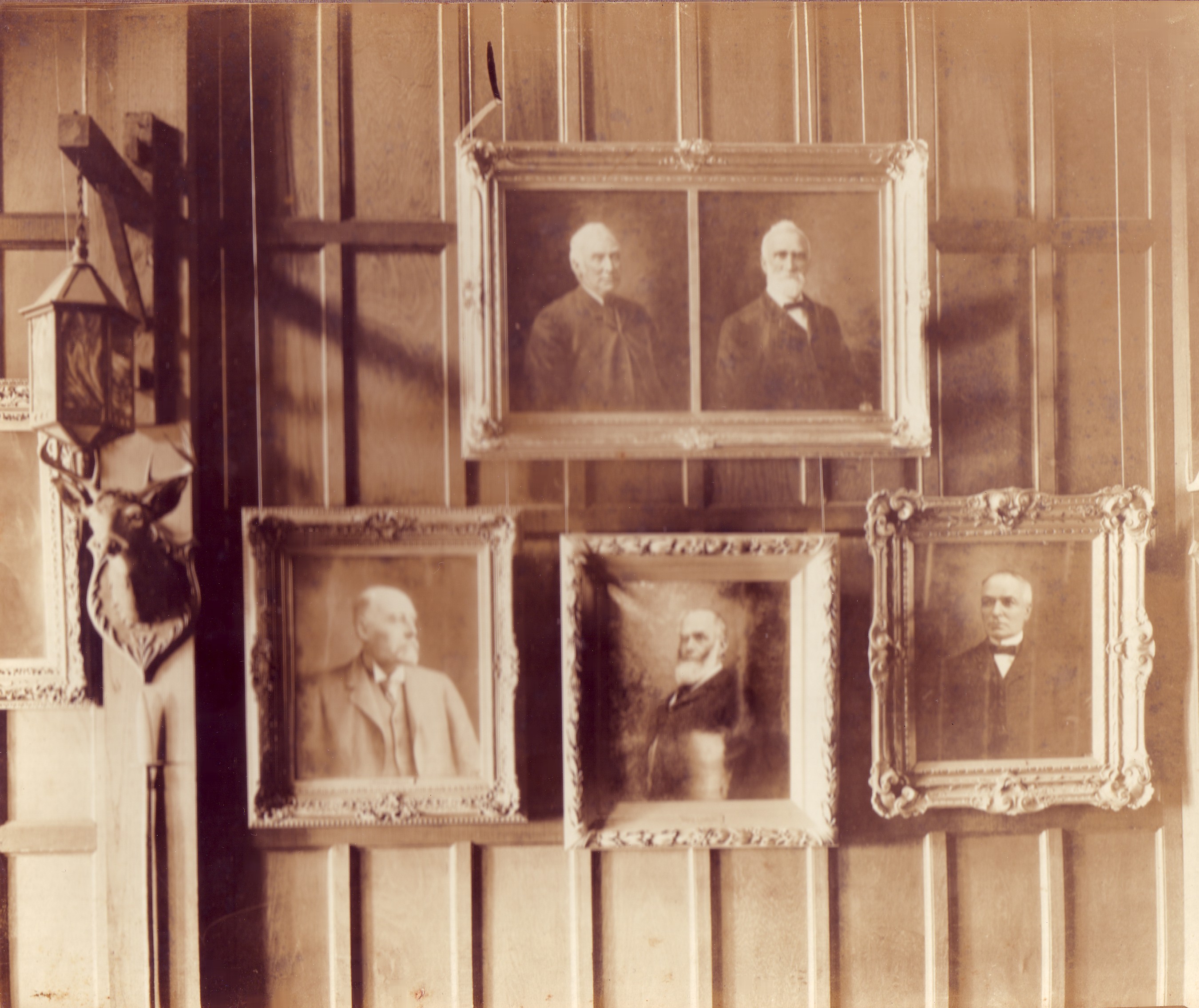Thu 9 Aug 2012
“Atha” Willie Miller and Lakeside Stock Farm
Posted by Jim under History, Lore, Today, William Miller Jr/AthaComments Off on “Atha” Willie Miller and Lakeside Stock Farm
Until recently, “Atha” Willie Miller and the history of Lakeside Stock Farm in Storm Lake, Iowa were somewhat of a mystery in the annals of the Miller family. Why did he go to manage this particular farm in the northwestern Iowa frontier in the 1880s? Thanks to key research contributed by Wendy Cooke of St. Louis, Missouri, we now have a better understanding of the fascinating story of this farm by the lake.
Document sources: Storm Lake Pilot Tribune newspaper; Miller, Robert Anker, Highlights of Miller History; Sanders, Alvin, Shorthorn Cattle: A Series of Historical Sketches, Memoirs and Records of the Breed and Its Development in the United States and Canada. Chicago: Sanders Publishing Co., 1916.
Photos: provided by, and used with the permission of Wendy Cooke, St. Louis, Missouri.
After the American Civil War, Illinois Central Railroad built a line from Chicago to Sioux City, which is located on the Missouri River on the western border of the state of Iowa. Since the “last spike” was driven just west of Storm Lake in 1870, it is possible that land speculators purchased land on both sides of the railway, including land that was to become Lakeside Farm.

 In the 1894 Christmas edition of The Breeder’s Gazette, William Miller Jr/Atha entertained readers with the tale of his first livestock buying trip to Britain during the winter and spring of 1854, when he was 20 years old. It was during this trip that he bought Thistle Ha’s most famous stallion, Rob Roy (pictured). He also met Simon Beattie, who returned with him to Canada. Beattie became one of the best livestockmen of the 19th century in North America. The
In the 1894 Christmas edition of The Breeder’s Gazette, William Miller Jr/Atha entertained readers with the tale of his first livestock buying trip to Britain during the winter and spring of 1854, when he was 20 years old. It was during this trip that he bought Thistle Ha’s most famous stallion, Rob Roy (pictured). He also met Simon Beattie, who returned with him to Canada. Beattie became one of the best livestockmen of the 19th century in North America. The  y next year, 1853, I was sent over by my father [William Miller Sr] and brother John [Miller/Thistle Ha’] to bring out stock. At New York I took passage on the William Tapscott, a regular old-style liner, “shanghaied” crew and terrible mates, but after eighteen days we landed in Liverpool all right the week before Christmas. Making my way directly to Annan I examined the Redkirk herd near there, and I still think it one of the most useful I ever saw – plenty of substance and constitution forever, great milkers and regular breeders – in fact just such as we are after to-day only a little refinement added; but if this refinement hurts the constitution, better without it. After spending some time among the Leicester breeders of Dumfries I made my way south to see the Short-horns, not knowing well where to go, as I knew nothing of the breeders nor cattle outside of Redkirk and nothing about pedigree; but I had heard that Durham Darlington and the River Tees were headquarters, so I started out alone for Durham town. Landing there in the evening I made for its head inn but found it full. The landlord after looking me over one time concluded they had no room. I tried the next with better luck and had the good fortune to fall in with a fine specimen of intelligent Englishman – a commercial traveler who knew a great deal about the country, the cattle and the breeders, and was willing to help me all he could. From him I first learned of Richard and John Booth, Thomas Raine, Samuel Wiley, etc.
y next year, 1853, I was sent over by my father [William Miller Sr] and brother John [Miller/Thistle Ha’] to bring out stock. At New York I took passage on the William Tapscott, a regular old-style liner, “shanghaied” crew and terrible mates, but after eighteen days we landed in Liverpool all right the week before Christmas. Making my way directly to Annan I examined the Redkirk herd near there, and I still think it one of the most useful I ever saw – plenty of substance and constitution forever, great milkers and regular breeders – in fact just such as we are after to-day only a little refinement added; but if this refinement hurts the constitution, better without it. After spending some time among the Leicester breeders of Dumfries I made my way south to see the Short-horns, not knowing well where to go, as I knew nothing of the breeders nor cattle outside of Redkirk and nothing about pedigree; but I had heard that Durham Darlington and the River Tees were headquarters, so I started out alone for Durham town. Landing there in the evening I made for its head inn but found it full. The landlord after looking me over one time concluded they had no room. I tried the next with better luck and had the good fortune to fall in with a fine specimen of intelligent Englishman – a commercial traveler who knew a great deal about the country, the cattle and the breeders, and was willing to help me all he could. From him I first learned of Richard and John Booth, Thomas Raine, Samuel Wiley, etc.